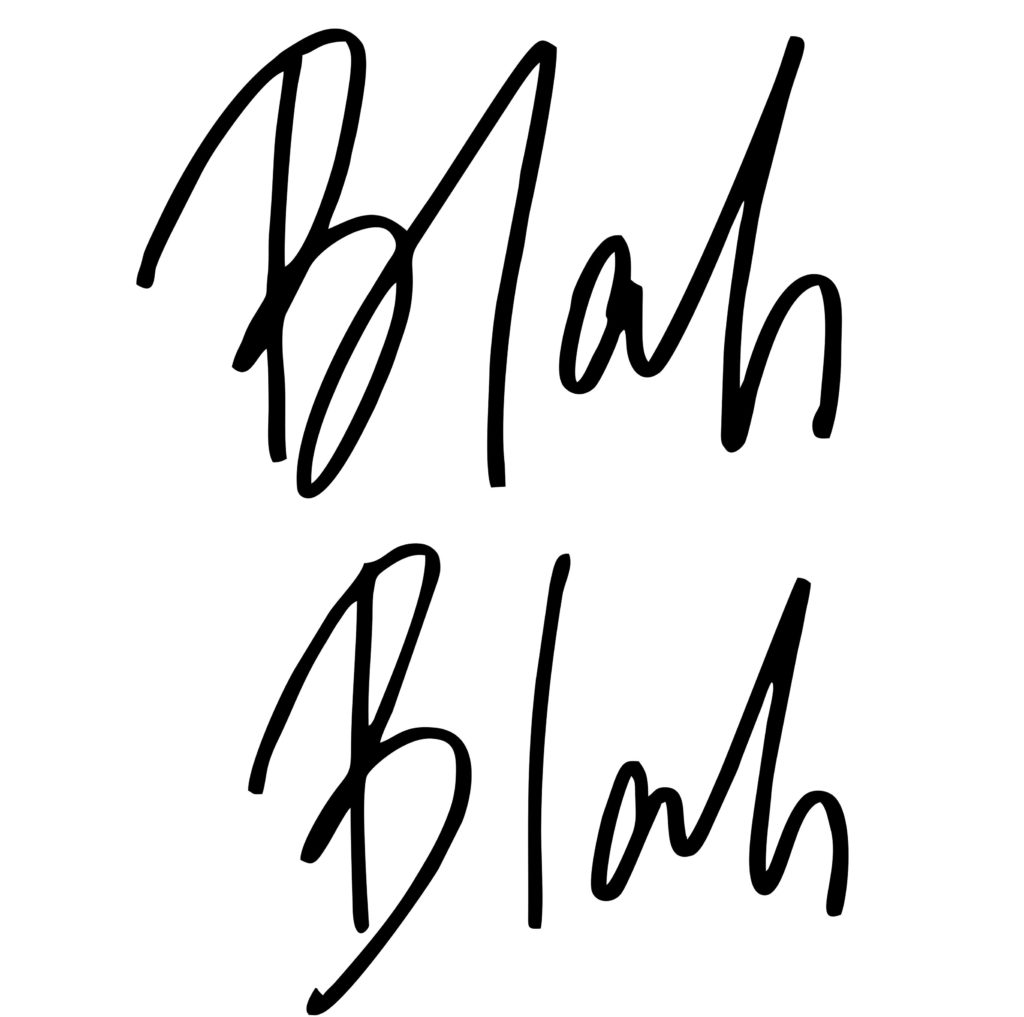Verbal Filler: How to Slow the Flow
Hmm …. so, what’s the deal with all those times you’ve heard an “um,” “er,” “you know,” “uh,” “like,” “okay,” or “hmm”? That is if you even noticed the utterance at all. Officially known as speech disfluencies, they are more commonly called verbal fillers – the umms, uhhs, and other linguistic pauses of everyday conversation.
People from around the world dot their conversations with them, typically unaware they are doing so. Meanwhile, most listeners don’t even notice them.

Verbal Fillers are Everywhere
About 5 to 8 percent of the words normal speakers say every day – that’s about 325 to 1,800 – involve an “um,” “uh,” “er,” or some other such pause; a repeated sound, syllable, or word (such as “like”); a restarted sentence (a “let me start over” moment); or a repair (“What I meant to say”), according to Michael Erard, the author of Um…Slips, Stumbles, and Verbal Blunders, and What They Mean.
Verbal fillers tend to slip out when we are trying to collect our thoughts, offer a response, connect ideas, or think about the next thing we want to say – which pretty much sums up most conversations. They become problematic when they are used to the point of distraction.
Once noticed, however, these fillers and phrases can lead to assumptions about how nervous or how smart we are.
Erard theorizes all those umms, uhhs, and other vocal breaks became more of a problem when devices for audio playback were invented. Before that, such repetitions or hesitations were not mentioned as a bane of great oratory. When we heard our own voices and our linguistic imperfections, we immediately attempted to eliminate them. There was no moral imperative to cut them out of the lexicon. The eradication was prompted by an annoyance or fear that we were not coming off as well as we wanted to.
One of the times we’ve noticed this vocal propensity can become a challenge is in a more formal setting, such as a public presentation or media interview. Media and presentation trainers often urge their clients to trim their verbal fat by eliminating all those extra un-words and utterances.
When we work with our public speaking training clients, we tend not to focus on the total elimination of verbal fillers, but rather techniques that will reduce their use. As with any diet, verbal or otherwise, moderation is key. We do this for several reasons:
- Speakers who completely refrain from verbal fillers may appear overly polished and slick.
- An occasional “um” or “uh” is unlikely to distract an audience. Rather, some research suggests that audiences remember more from speakers who utter an occasional verbal filler.
- If you are constantly worried about the way you sound while presenting or giving a speech, it can prevent you from making a genuine connection with your audience.
So how do you, er, stop doing this?
First, you need to find out how many times you do it. Here’s a start:
- For a week, record snippets of yourself talking. Record no more than 10 minutes that reflect a variety of conversations. Then, listen to your patterns.
- Film yourself during your next presentation. Replay it to discover how many times (and where) those filler words appeared.
- If you have agreeable friends and family members, you might be able to convince them to track the times you used a filler word. (Spoiler alert: Erard notes that researchers tasked with similar efforts report finding it difficult to “unhear” the verbal fillers once they have engaged in such diligent study.)
Reducing Verbal Fillers
Now that you have the raw data, it’s time to work on corralling these cognitive cues before you have a stampede. Here are some exercises:
Pause. Verbal fillers often occur at the beginning of a response as you stall for time. You are giving your brain time to catch up and form the next thought. If you pause for a moment before answering, it will help you to better structure your answer.
Pause, Part II. During a presentation or speech, utilize your notes as touchstones to which you return. Pause, look down, see your next point, look up, and begin speaking again. It buys you time to form a better answer, deliver it with greater confidence, and eliminate verbal fillers. Bonus: the audience has a moment to think about and engage with your content.
Pause, Part III. Look purposeful as you pause. The key is to be deliberate and to “own” the pause in your body language. Don’t excessively ruffle or shuffle your notes. Be intentional in shifting your gaze – no darting eyes – from the audience to notes.
Transition. Swap out your uhhs for transitional phrases. For instance, if a question causes you to pause while conducting a Q&A session following your presentation, say, “I’d like a moment to think about that,” before moving to answer. If you still need additional time, you can – you guessed it – pause before you respond.
Zip it. When you hesitate, refrain from uttering a verbal filler and substitute a silent pause. You are still hesitating but are a lot quieter while doing it.
Focus on the middle. Although the beginning of a sentence tends to be populated with verbal fillers, these suckers can find their way smack-dab in the middle of one of your main points or messages. There is an exercise that helps you to be vigilant from the start to the end of any portion of your presentation or speech. Record yourself talking about an object, any object (your coffee machine, your favorite blanket, your car, etc.), for about 30 seconds. During that time, you are not allowed to use verbal pauses. Instead, you replace articulated pauses with silent ones. Do this several times until you are adept at substituting the silences.
Prepare. This takes place before you utter a word. Take time to rehearse your talk, so that your brain has the game plan before game day. As you review your material, identify places where you tend to stumble or hesitate – these are places where a short silent pause will help you to collect your thoughts before moving on to your next point.
A Sensible Weeding
When the focus is only on eliminating verbal fillers, a speaker’s cognitive load can increase to the point where they have just too much to think about. It can make them appear less dynamic, inspirational, and passionate. When you work to reduce the filler, you create a leaner and more effective presentation without losing any of your personality or pluck in the process.
In other words, by thinking so hard about one problem, you can create another.

As Erard writes:
“Once people become aware of them, speech disfluencies come to represent the weeds in the garden. Nails that hang us up. Bumps in the road.”
If you notice the above examples, they are all mere annoyances, temporary hindrances, and minor setbacks that trip us up from time to time. Just as most people don’t unduly fret over these inconveniences, speakers need not strive for umm-less perfection.


